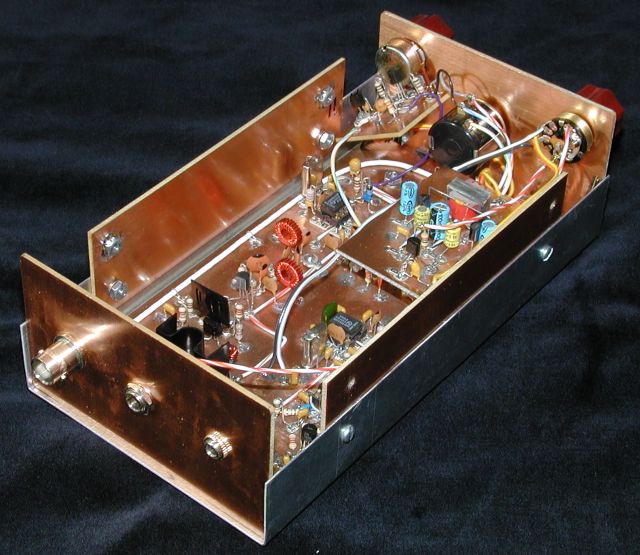Drewvogel2
New Member
Dear members,
I have recently picked up an interest in electrical engineering in it's most simple regards. I am an electrician by trade. I have been studying circuit components and reasonably know ohms law and the laws of series and parallel circuitry.
I decided upon this project which was online. I created the circuit and the circuit works, but there are issues.
1. The frequency output is not strong/stable. Holding the antenna with two fingers helps signal transmit clear. ( The antenna is soldered to the center coil of the inductor.
I don't need perfection, but I would appreciate some simple ideas to improve the stability of the transmitter. Thanks!
Ps! I reached out to the creator and he had similar issues with his. Turned out it was his senior year project haha!
Thanks! Andy.
PS. Waiting on another capacitor for the inductor branch. That's the twisted pair currently soldered in. Used a trimmer capacitor at first, but just compound the instability.
I have recently picked up an interest in electrical engineering in it's most simple regards. I am an electrician by trade. I have been studying circuit components and reasonably know ohms law and the laws of series and parallel circuitry.
I decided upon this project which was online. I created the circuit and the circuit works, but there are issues.
1. The frequency output is not strong/stable. Holding the antenna with two fingers helps signal transmit clear. ( The antenna is soldered to the center coil of the inductor.
I don't need perfection, but I would appreciate some simple ideas to improve the stability of the transmitter. Thanks!
Ps! I reached out to the creator and he had similar issues with his. Turned out it was his senior year project haha!
Thanks! Andy.
PS. Waiting on another capacitor for the inductor branch. That's the twisted pair currently soldered in. Used a trimmer capacitor at first, but just compound the instability.
Attachments
Last edited:








